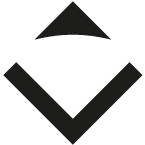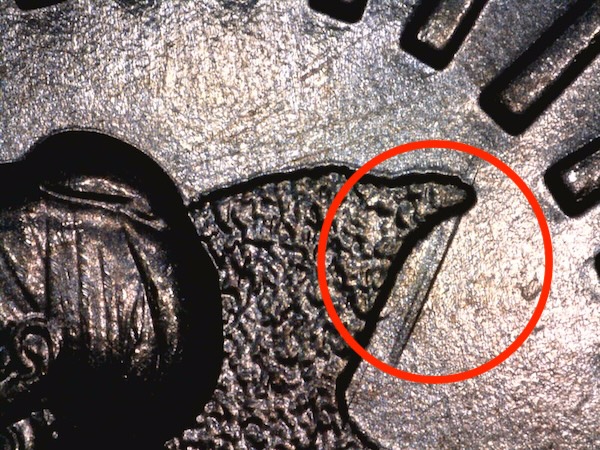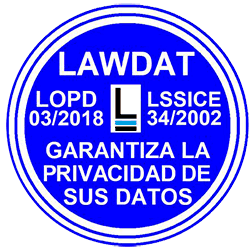Suppose you dumped a handful of change onto the kitchen counter and quickly pocketed the quarters for parking or laundry. In that case, you should take a second look. Some quarters in circulation today are worth more than 25 cents — especially to coin collectors and precious metal investors. While most coins you’ll encounter in everyday transactions are modern and mass-produced, several key dates, errors, and variations can be valuable to collectors. And yes, some of these are still occasionally found in circulation.
Here are four quarters to keep an eye out for:
1. The 1964 Washington Quarter (90% Silver)
Why it’s valuable:
The 1964 Washington Quarter was the final year the U.S. Mint struck circulating quarters from 90% silver. Because of the rise in silver prices and the Coinage Act of 1965, the Mint switched to a copper-nickel-clad composition starting in 1965. That means all quarters dated 1964 and earlier contain about 0.18 troy ounces of silver, giving them intrinsic bullion value.
Estimated Value:
Even in circulated condition, 1964 quarters are worth $5 to $6 or more, depending on the silver spot price. Higher-grade examples or uncirculated coins can bring a premium among collectors.
How to spot it:
Just check the date. If it’s 1964 or earlier, it’s silver. Also, silver quarters have a distinct lack of a copper-colored edge, which makes them easier to identify by a quick edge glance.
2. The 1976 Bicentennial Quarter
Why it’s valuable:
Issued to celebrate the 200th anniversary of American independence, the Bicentennial quarter features a special reverse design with a colonial drummer instead of the usual eagle. While most of these coins were heavily produced and are common, some were struck in 40% silver for collectors and came in special sets.
Estimated Value:
Most clad 1976 quarters are worth face value unless in mint condition. However, silver-clad Bicentennial quarters can be worth $4 to $10+, especially if they are uncirculated or still in their original packaging.
How to spot it:
Silver Bicentennial quarters were not issued for general circulation but sometimes find their way into change. Look for quarters dated 1776–1976 with no visible copper edge—that’s your clue that they might be silver.
3. The 2004 Wisconsin State Quarter (Extra Leaf Error)
Why it’s valuable:
The U.S. Mint’s 50 State Quarters Program brought tons of attention to circulating coinage between 1999 and 2008. In 2004, the Wisconsin quarter was released, and a handful of coins from the Denver Mint were struck with a notable error: an extra leaf on the ear of corn.
There are two varieties:
- Extra Leaf Low
- Extra Leaf High
Both are the result of die gouges and are considered valuable die varieties.
Estimated Value:
These error quarters can be worth $100 to over $500, depending on the condition.
How to spot it:
Look closely at the ear of corn on the coin’s reverse. The regular version has two husk leaves. If a third leaf protrudes unusually — especially low or high — you’ve likely found the error.
4. The 2022 «Drooling George» Washington Quarter (Die Chip Error)
Why it’s valuable:
The 2022 American Women Quarters series debuted a new obverse design of George Washington. On some of these coins, a small die chip near Washington’s mouth makes it look like he’s drooling — hence the collector’s nickname: «Drooling George.»
This isn’t an official error but a minor die chip variety that’s gained traction in the collecting community.
Estimated Value:
According to FindBullionPrices.com, these errors are worth $8 to $50, depending on the severity of the die chip and its overall condition. Some huge die chips can fetch more on online marketplaces.
How to spot it:
Check Washington’s mouth for any small, raised metal blobs or drips on 2022-dated quarters — especially those from the Philadelphia Mint.
Final Thoughts
Finding valuable coins in circulation is rare — but not impossible. With silver prices climbing and interest in coin collecting growing, it pays to know what to look for. A 25-cent piece could be worth $5, $50, or even more.
Quick Tips:
- Learn to spot silver edges.
- Keep a magnifying glass handy to inspect details.
- Check for errors and oddities—even modern quarters have them.
- Consider keeping a coin folder or jar just for quarters worth double-checking.
Next time you break a dollar or get change from the vending machine, take a second to examine your quarters. You might be holding history—or something more valuable than you thought.



















.